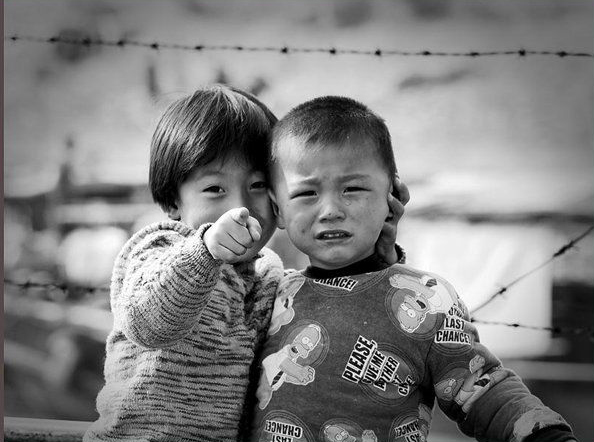Fewer left-behind children, more care

According to the official estimates, China has fewer left-behind children than in recent years, but it remains a pressing issue.
Recent estimates have put the number of left-behind children in China at 9.02 million, according to a report from the Ministry of Civil Affairs.
That number is lower than the figures from previous data mainly because the definition of left-behind children has changed. In the past, left-behind children were defined as those aged less than 18 years with at least one parent who has migrated to other cities to work. Currently, a working guideline issued by the State Council defines left-behind children as those aged less than 16 years whose parents have both migrated to other cities to work. The definition also includes children living with one parent who has no custodial capacity, while the other parent is away working.
In the meantime, government work is paying off with a series of incentives such as new urbanization measures, poverty alleviation, household registration system reform and encouragement for rural start-ups to help reduce the number of left-behind children.
In the last three decades, hundreds of millions of rural residents have migrated to cities for their livelihoods, leaving behind the lifestyles they are familiar with as well as leaving behind elderly and young children. These separations are indicative of the heart-breaking realities facing these families, while the pain unavoidably leaves deep scars on the young ones.
I still remember the girl I met in an impoverished village years ago. It was not just that her tiny body didn’t match her age, it was more her cold and detached tone that struck me the hardest. Clearly, she could not feel the warmth and love from her family or parents. It is not difficult to imagine that the lack of nurturing influences from her parents will certainly affect the way she approaches her life in the future.
In essence, the problem of left-behind children reflects the urban-rural gap during the process of social development and transformation, imbalanced regional growth, and many other conflicts. As China progresses, these conflicts need to be gradually resolved in bridging the regional development gap.
Early in February, the State Council released a guideline calling for the care and protection for rural left-behind children to be strengthened, pioneering a new form of top-level design for solving this matter. It clearly stated that the government will tackle the problem at its roots—the reality that some rural children cannot go into town while parents cannot go back to villages will be changed—and strive to significantly reduce the number of left-behind children by 2020.
Not only do people expect to see fewer left-behind children, what they want to see most is no left-behind children. To achieve this goal, there needs to be a care and protection system that truly works. No doubt, such care and protection should first be provided by family members. Thus, awareness about issues concerning negligent parents should be actively raised, to help them assume responsibility for effective care. Also, there should be a well-rounded care service system in society which coordinates the scattered protection, assistance and relief agencies in education, public security and other sectors.
In addition, a batch of specialists with a more professional approach is needed for rural children. A case in point is psychological intervention for left-behind children, which is a highly specialized area that requires professional training but ordinary rural teachers in the village are unlikely to have the level of competence necessary for this work.
If there are to be no children left behind, then all children should grow up with their parents. Either parents need to be able to return home, or left-behind children need to move into towns—these tasks need joint efforts from all walks of life. Only when cities are more tolerant and villages are thriving will left-behind children not be a problem for families and society.
